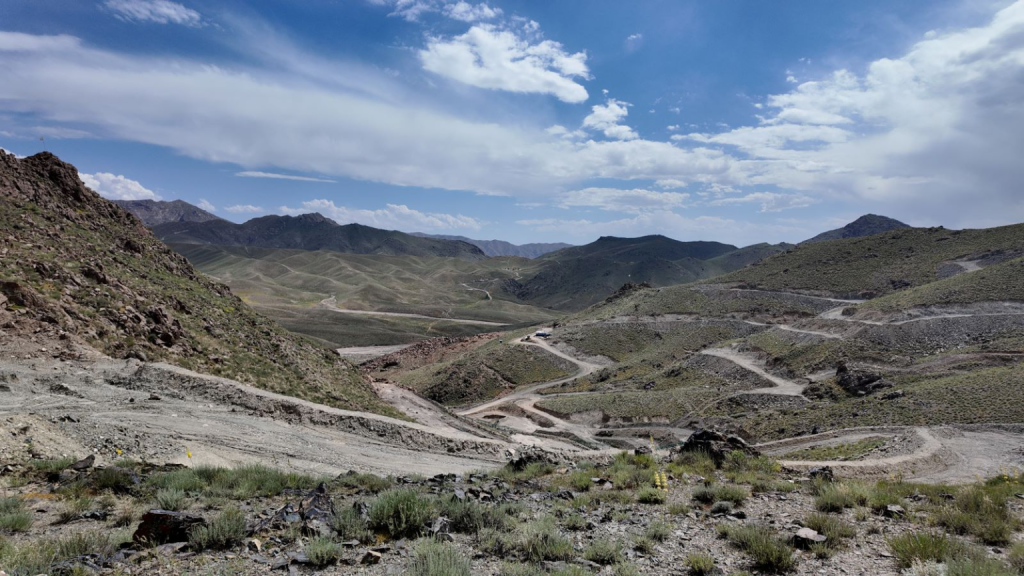Landscape Archaeology: Integrating Tradition and Technology

Landscape Archaeology: Integrating Tradition and Technology
“Think Globally, Act Locally”
At Daira Sabz Consulting and Engineering Group, we are pioneering a holistic and responsible approach to landscape archaeology in Afghanistan and beyond. By merging local knowledge, modern technology, and scientific rigor, we protect and uncover cultural landscapes—aligned with UNESCO World Heritage principles and ICOMOS (International Council on Monuments and Sites) charters.
Our work adheres to the ICOMOS Charter for the Protection and Management of the Archaeological Heritage (1990) and the UNESCO Operational Guidelines for the Implementation of the World Heritage Convention (2023).

🌍 What is Landscape Archaeology?
Landscape archaeology moves beyond traditional excavation by exploring how past societies interacted with entire environments—settlements, agriculture, sacred sites, and roads—analyzing both visible and buried features through multidisciplinary techniques and community engagement.
🔬 Our Integrated Methodology
- Community Knowledge Integration
We embed the deep cultural memory of local communities into our archaeological investigations—respecting indigenous stewardship and oral histories as part of the archaeological record. - Advanced Technology & Data Science
We apply cutting-edge tools such as:- LiDAR (Light Detection and Ranging)
- Drone photogrammetry
- GIS (Geographic Information Systems)
- 3D modeling & remote sensing
- Georeferenced historical analysis (in compliance with EU INSPIRE Directive & ISO 19115 metadata standards)
- LiDAR (Light Detection and Ranging)
- Standards & Ethical Guidelines
Our work is grounded in internationally recognized protocols:- ICOMOS Charter for Cultural Routes (2008)
- UNESCO Recommendation on Historic Urban Landscape (2011)
- ICOMOS Ethical Principles (2017)
- Afghanistan’s National Environmental Protection Agency (NEPA) heritage and EIA frameworks
- German Denkmalschutz (Heritage Protection Law)
- ICOMOS Charter for Cultural Routes (2008)
Environmental Archaeology & Heritage Risk Management
We assess climate vulnerability and land use threats using the ICOMOS Climate Heritage Network Toolkit and Disaster Risk Management (DRM) practices in archaeology.

📍 Why It Matters
- Cultural Resilience: Protecting heritage helps communities strengthen identity and cultural continuity.
- Sustainable Planning: Archaeological evidence informs modern land use and climate-smart urban planning.
- Risk Mitigation: Early heritage detection during mining, infrastructure, and energy projects avoids costly delays and cultural loss.
Services We Offer

LiDAR & Drone Mapping

GIS-Based Landscape Modeling

3D Heritage Reconstruction

Heritage Risk Mapping

Archaeological Impact Assessments

Capacity Building

Community-led Documentation
✅ Selected Projects
Aynak Copper Mine ESIA (Client: MCC-JCL Aynak Minerals Company)
Assessment of mining impacts on cultural heritages of Mes Aynak area and providing recommendation for as per the UNESCO guidelines, Cultural Protection Law of Afghanistan and NEPA guidelines.
🌿 Global Trends & Alignment
We incorporate global trends in digital archaeology and cultural heritage management, including:
- Heritage Digital Twins for site resilience simulation
- ICOMOS Culture-Nature Journey frameworks
- World Bank and UNESCO Environmental and Social Frameworks (ESF)
- EU Horizon projects in spatial humanities and landscape stewardship
Cultural Indicators for Sustainable Development Goals (SDGs)

Let's Preserve the Past for the Future
At Daira Sabz, we believe that protecting heritage is not just about the past—it’s about shaping a resilient and sustainable future.
📧 Contact us for collaborative projects, training opportunities, or consultations:
📨 info@dairasabz.com
